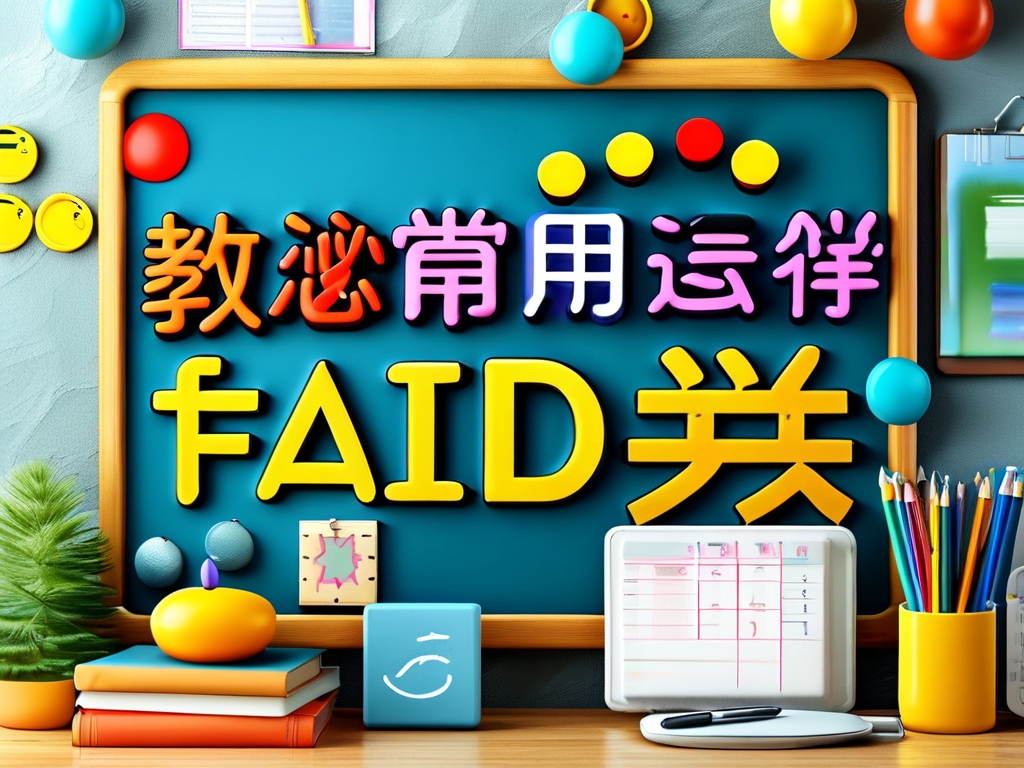Function operation rules form a critical component of mathematics education, especially for aspiring teachers preparing for certification exams. These rules are foundational for solving algebraic, calculus, and applied mathematics problems. This article explores the most frequently tested function operation rules in teacher qualification exams (), providing clear explanations, examples, and practical applications.
1. Basic Arithmetic Operations on Functions
Functions can be combined using addition, subtraction, multiplication, and division. These operations are fundamental for solving equations and modeling real-world scenarios.
-
Addition/Subtraction:
For two functions ( f(x) ) and ( g(x) ):
[ (f \pm g)(x) = f(x) \pm g(x) ]
Example: If ( f(x) = 2x + 3 ) and ( g(x) = x^2 ), then ( (f + g)(x) = x^2 + 2x + 3 ). -
Multiplication:
[ (f \cdot g)(x) = f(x) \cdot g(x) ]
Example: ( (2x + 3)(x^2) = 2x^3 + 3x^2 ). -
Division:
[ \left(\frac{f}{g}\right)(x) = \frac{f(x)}{g(x)}, \quad \text{where } g(x) \neq 0 ]
Example: ( \frac{2x + 3}{x^2} ).
Exam Tip: Pay attention to domain restrictions, especially for division (denominator ≠ 0).
2. Composition of Functions
Function composition (( f \circ g )) is a core concept in algebra and calculus. It involves substituting one function into another:
[
(f \circ g)(x) = f(g(x))
]
Example: If ( f(x) = \sqrt{x} ) and ( g(x) = x + 1 ), then ( (f \circ g)(x) = \sqrt{x + 1} ).
Key Applications:
- Modeling sequential processes (e.g., tax calculations).
- Solving complex equations by breaking them into simpler steps.
3. Inverse Functions
An inverse function (( f^{-1}(x) )) reverses the effect of ( f(x) ). To find ( f^{-1}(x) ):
- Solve ( y = f(x) ) for ( x ).
- Swap ( x ) and ( y ).
Example: For ( f(x) = 2x + 3 ):
[
y = 2x + 3 \implies x = \frac{y - 3}{2} \implies f^{-1}(x) = \frac{x - 3}{2}
]
Exam Pitfalls:
- Not all functions have inverses (e.g., non-injective functions).
- Ensure the inverse passes the horizontal line test.
4. Derivative Rules
Differentiation is heavily tested in calculus-oriented questions. Key rules include:

- Power Rule:
[ \frac{d}{dx} x^n = nx^{n-1} ] - Sum/Difference Rule:
[ \frac{d}{dx} [f(x) \pm g(x)] = f'(x) \pm g'(x) ] - Product Rule:
[ \frac{d}{dx} [f(x)g(x)] = f'(x)g(x) + f(x)g'(x) ] - Quotient Rule:
[ \frac{d}{dx} \left[\frac{f(x)}{g(x)}\right] = \frac{f'(x)g(x) - f(x)g'(x)}{[g(x)]^2} ] - Chain Rule:
[ \frac{d}{dx} f(g(x)) = f'(g(x)) \cdot g'(x) ]
Example: Differentiate ( y = (3x^2 + 2)^4 ):
Using the chain rule:
[
\frac{dy}{dx} = 4(3x^2 + 2)^3 \cdot 6x = 24x(3x^2 + 2)^3
]
5. Integration Rules
Integration, the inverse of differentiation, requires mastery of these rules:

- Power Rule for Integration:
[ \int x^n \, dx = \frac{x^{n+1}}{n+1} + C \quad (n \neq -1) ] - Sum/Difference Rule:
[ \int [f(x) \pm g(x)] \, dx = \int f(x) \, dx \pm \int g(x) \, dx ] - Substitution Rule:
Used for composite functions:
[ \int f(g(x))g'(x) \, dx = \int f(u) \, du \quad \text{where } u = g(x) ]
Exam Strategy: Practice identifying substitution patterns (e.g., ( u = 3x^2 + 2 )).
6. Trigonometric Function Operations
Trigonometric identities and operations are essential for geometry and physics problems. Key rules include:
- Pythagorean Identities:
[ \sin^2 x + \cos^2 x = 1, \quad 1 + \tan^2 x = \sec^2 x ] - Sum/Difference Formulas:
[ \sin(a \pm b) = \sin a \cos b \pm \cos a \sin b ] - Double-Angle Formulas:
[ \sin 2x = 2 \sin x \cos x, \quad \cos 2x = \cos^2 x - \sin^2 x ]
7. Exponential and Logarithmic Function Rules
These functions are vital for growth/decay models and logarithmic equations.
- Exponential Laws:
[ a^m \cdot a^n = a^{m+n}, \quad (a^m)^n = a^{mn} ] - Logarithmic Properties:
[ \log_a (mn) = \log_a m + \log_a n, \quad \log_a \left(\frac{m}{n}\right) = \log_a m - \log_a n ] - Change of Base Formula:
[ \log_a b = \frac{\ln b}{\ln a} ]
Mastering these function operation rules is crucial for success in teacher qualification exams. Focus on understanding the logic behind each rule, practice problem-solving in timed conditions, and review domain restrictions and special cases. By internalizing these principles, candidates will build a strong foundation for both exam success and future classroom teaching.

